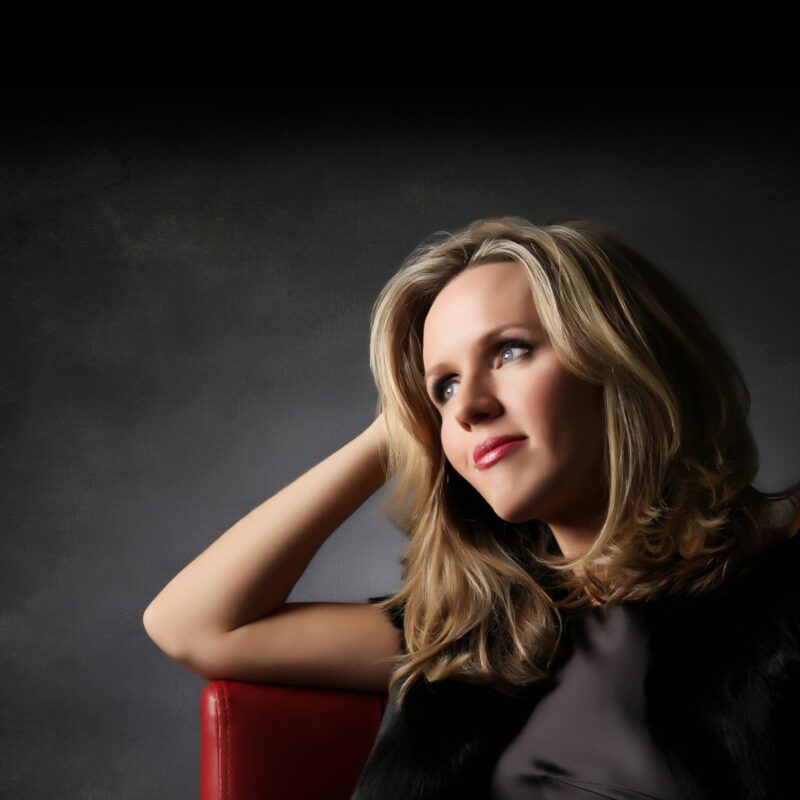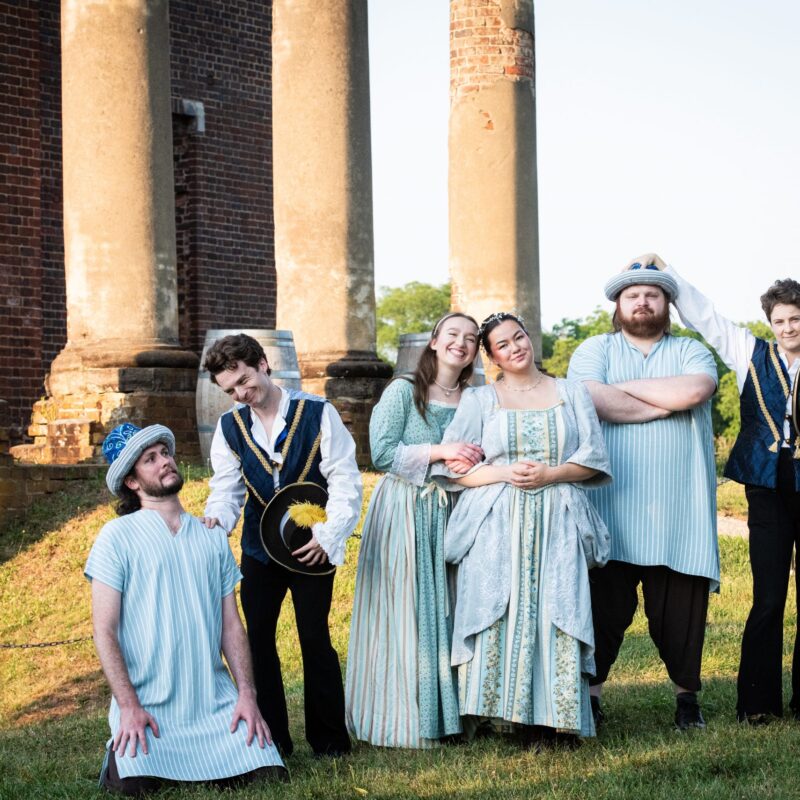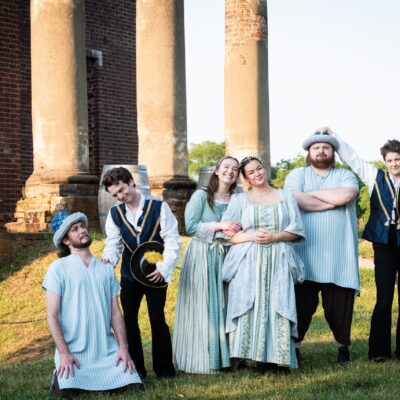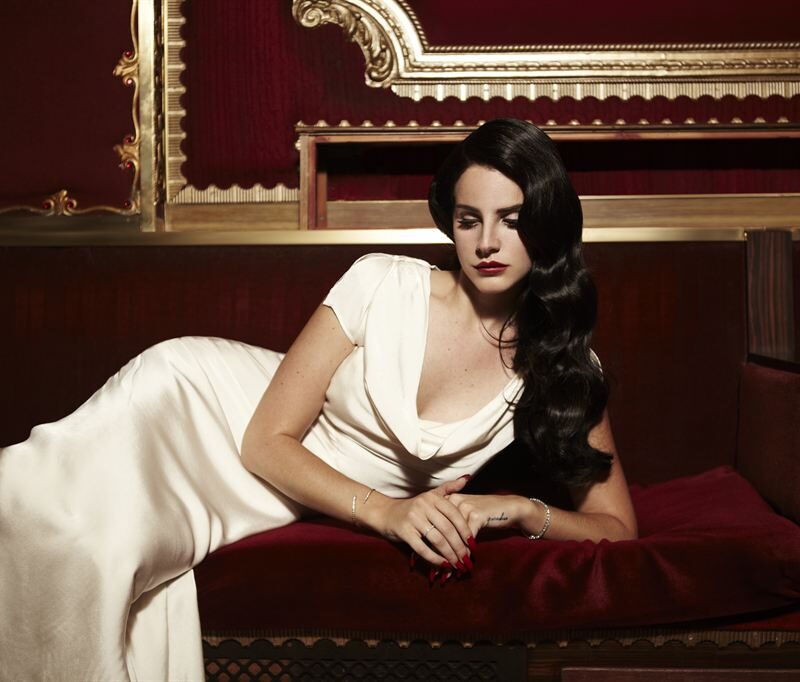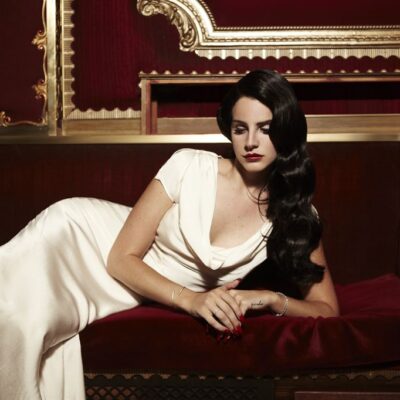What are you working on right now?
It’s a been a pretty busy season for me. At UVA, we opened The Beaux’ Stratagem a few weekends ago, and I did the longest fight I’ve ever done on stage, a crazy, Errol Flynn–esque swashbuckling sword fight. The show is set in the 18th century, so I also had to coach the actors on how to sit, stand, bow and gesture, how to do all of the movement that they would have in that century. And then I moved to dark play so there were some nights where I would go from one rehearsal to another. My next real project will be finding funding and a venue to stage my playscript, The Forgetting River. I struggle with marketing and fundraising, so this will seriously be a challenge. The play involves puppetry and live actors, and it reimagines the Greek myth of Orpheus and Eurydice from Eurydice’s point-of-view in a way that touches on current women’s issues like domestic abuse and cultural dictates.
|
Movement instructor and performer Marianne Kubik worked on two recent plays performed at the Helms Theatre, The Beaux’ Stratagem and dark play, or stories for boys, which she also directed. |
Tell us about your day job.
One day is never the same as the next and I think that’s what I love most about it. Technically I’m the resident movement artist for the Drama department, and so that means teaching movement classes. I teach graduate and undergraduate students how to live more fully in their bodies and to use nonverbal communication in ways that an audience will pick up on. At night, I go into rehearsals and I’m helping actors do the same thing for a particular play, and at the same time I’m working on my own teaching technique. It’s sort of like a laboratory.
Tell us about a work of art that you wish were in your private collection.
I am really awed by sculpture that captures the human form. I finally got the chance to see Michelangelo’s David. I think I’d build a separate room just to have that in my house. It floors me to think about what it took for someone to capture such power and vulnerability of form with very primitive tools. And the way it just looms over you.
What is your first artistic memory from childhood?
I was about 10 years old when I put together my very first Christmas show. It was a full scale; I worked for weeks directing and choreographing a cast of 100. Of course the cast was in my head, so it was really just me. I was the lead, the director, the choreographer, the actor. I designed the costumes and made the programs and refreshments. And then my family assembled in the living room one afternoon in December and I did the whole show for them. It was all going splendidly until mid chorus of “The Candyman.” I slipped in my socks, went up in the air and landed smack on the floor, but I recovered pretty quickly, and apparently my mother was staring my siblings down trying to keep them from laughing. I got up and just started singing and dancing like nothing had happened, and the very next day I started planning my next show. That’s when my family started calling me the drama queen.
Which of your works are you most proud of?
My favorite UVA show right now is still Scapin, which we did in the Helms Theatre in 2006 with a local musician who plays piano for silent films. It was Bill Erwin’s version so we did it Vaudeville style. It was a memorable show for the entire department, and I just found that I love doing slapstick.
What would you do if you knew you couldn’t fail?
I’d do another film project. My first one was No Shoes for Dancing, which we filmed in St. Petersburg, Florida. I was given a Jack Vettriano painting and some Cirque du Soleil music and I happened to be looking at the painting while I had the music on and the whole story just came to life in a matter of minutes for me. It took about five years to write and film and edit but the whole idea came in about 10 minutes.
Items you’d splurge on?
Dresses and power tools.
/RI_-IMG_5353.jpg)
